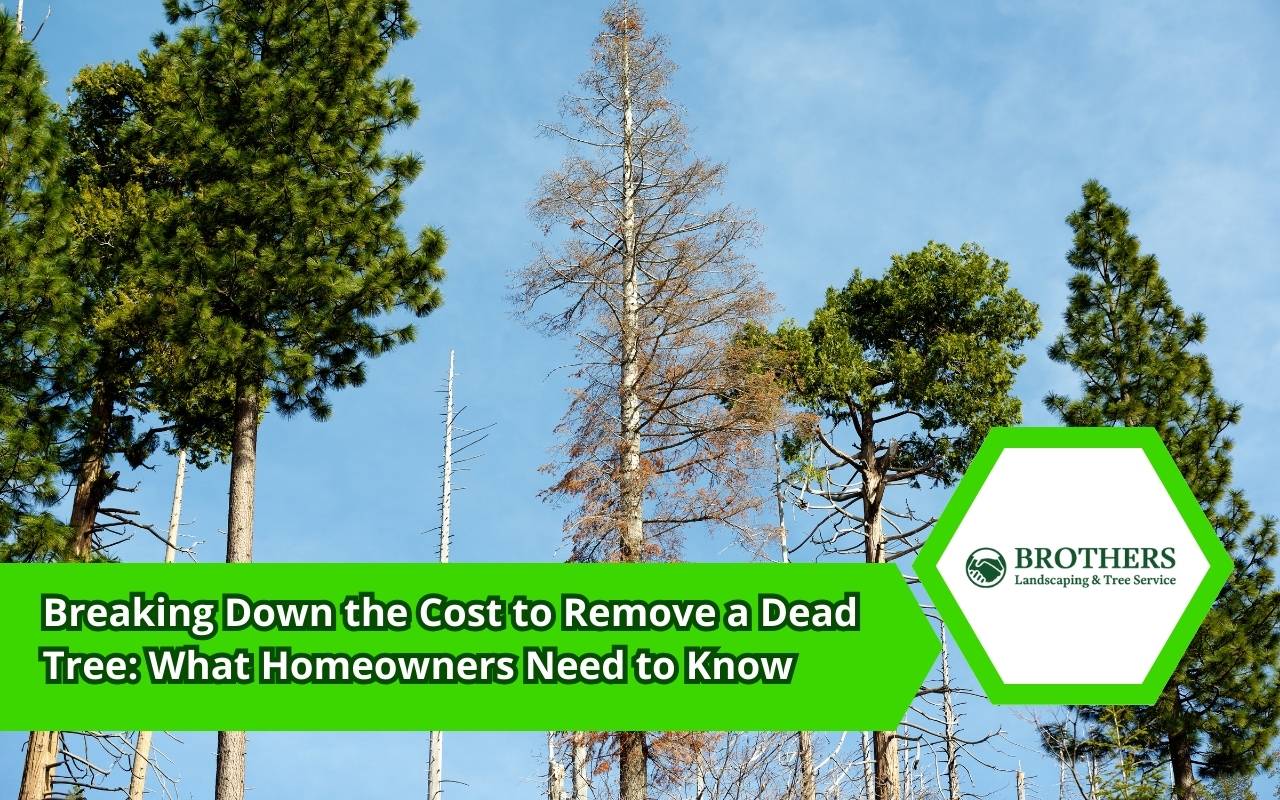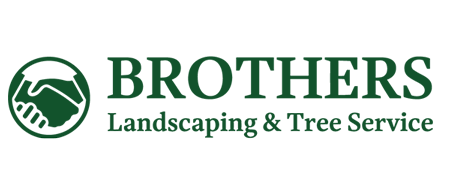
When staring at a towering tree that now appears lifeless and hazardous, it’s easy to feel overwhelmed. The giant that once provided shade has become a risk. Removing a dead tree is about safety, property value, and peace of mind. Tackling the cost to remove a dead tree may not be exciting, but it protects your home and loved ones. Navigating service options can be daunting, especially with unpredictable costs. Understanding the factors behind pricing can help avoid stress and surprises. This guide explains what influences the cost to remove a dead tree so you can make informed decisions. With clarity, you’ll move toward a safer and more secure property.
Factors Influencing Tree Removal Costs
When evaluating the cost to remove a dead tree, several elements affect pricing. Location is a major factor. Trees close to homes, garages, or power lines need extra safety measures. This requires specialized equipment, more labor, and additional time. These necessities increase the expense. Tree species and condition also matter. Some trees have denser wood or complex root systems. Decayed trees pose more hazards, sometimes requiring cranes or rope rigging. Accessibility adds another layer. Limited driveway access can force crews to use hand tools. Permits or environmental rules may also add costs. Each of these variables shapes the final quote homeowners receive.
Average Cost Range for Dead Tree Removal
The cost to remove a dead tree rarely comes as a fixed figure. Homeowners usually face a wide range. Tree size, location, and required equipment all affect the price. Urban regions often cost more due to higher living expenses and labor rates. Regulations or demand cycles may push costs further up. Smaller ornamental trees require less effort compared to large hardwoods. Homeowners benefit from knowing that prices vary. This knowledge prevents surprises and encourages realistic expectations. Understanding these ranges allows for proper budgeting and stress-free planning.
Understanding Tree Assessment Fees
Many companies charge an assessment fee before starting removal. This inspection ensures an accurate plan tailored to the site. The cost to remove a dead tree goes beyond cutting—it requires preparation. Arborists examine stability, roots, and obstacles like nearby buildings. They also determine if cranes or rope rigging are necessary. Though this step adds cost, it reduces risks and surprises later. Often, the fee applies directly to the removal quote, making it a valuable investment.
Impact of Tree Size on Removal Expenses
Tree height and trunk width strongly influence the cost to remove a dead tree. Larger trees require sectional dismantling, cranes, or aerial lifts. These demands increase labor and safety needs. Handling disposal adds even more cost. Heavy wood and dense branches require multiple trips to disposal sites. Smaller trees may be quick to remove, but larger specimens represent greater investment. Safety and efficiency make professional crews the best choice for big removals.
Additional Costs to Consider
- Stump grinding and removal, often quoted separately.
- Permit applications or region-specific environmental protections.
- Special disposal surcharges for wood or debris.
- Certified arborist requirements in certain municipalities.
- Traffic control fees when removals affect public roads.
Each of these adds to the overall cost to remove a dead tree. Knowing them in advance prevents unexpected budget issues.
DIY Tree Removal vs. Hiring Professionals
Some homeowners consider removing trees themselves. While it may seem cheaper, risks are significant. Attempting the cost to remove a dead tree as a DIY task often overlooks hidden dangers. Without training, falls or improper cuts can cause damage or injury. Hiring professionals brings expertise, insurance, and efficient completion. Though more costly upfront, it avoids potential accidents. When equipment rentals and disposal are factored in, professional services often provide better overall value.
Importance of Obtaining Multiple Quotes
Since the cost to remove a dead tree varies greatly, getting multiple quotes is smart. Aim for at least three. This shows average rates and exposes unusual bids. Homeowners should compare included services like stump grinding and cleanup. Always verify insurance, certifications, and reviews. Detailed quotes ensure transparency. This strategy protects against hidden costs and ensures safe, reliable service.
Evaluating Insurance Coverage for Tree Removal
Some homeowners insurance policies cover dead tree removal if there is risk to structures. Review your policy to check. Insurers may request assessments or proof of danger. Arborists can provide the necessary documentation. When insurance does not apply, consider alternative funding. Some municipalities offer loans or grants for hazardous tree removal. Exploring all options can ease financial strain.
Tips for Saving Money on Dead Tree Removal
- Schedule removal during off-peak seasons for discounts.
- Bundle tree services to secure package pricing.
- Clear work areas in advance to save crew time.
- Request leftover wood for firewood to reduce hauling.
- Maintain trees regularly to avoid costly removals later.
Each of these steps can help lower the cost to remove a dead tree without sacrificing safety.
Frequently Asked Questions
Why should I remove a dead tree quickly?
Dead trees can fall unpredictably, posing risks to homes, vehicles, and people. Prompt removal enhances safety.
Does tree location affect removal costs?
Yes. Trees near buildings or power lines require more care and equipment, raising the cost to remove a dead tree.
What safety gear do professionals use?
Arborists use helmets, ropes, harnesses, and specialized tools. This ensures safe removal and minimizes property damage.
Can I keep the wood after removal?
Often, yes. Contractors may leave cut sections for firewood if local codes allow, reducing disposal costs.
How do I choose the right tree removal company?
Check certifications, insurance coverage, and customer reviews. Request detailed quotes before making a decision.
Ensuring Safety and Value with Informed Decisions
Removing a dead tree requires careful planning. By learning what affects the cost to remove a dead tree, you can make smart choices. Remember to seek multiple quotes, review insurance, and explore savings strategies. Acting with knowledge protects your property and family. If you need professional help, visit our contact page. For further insights on safety and removal, see our safety guide or explore services in Belfair and Tacoma. With the right support, you ensure a safe and valuable home environment.
